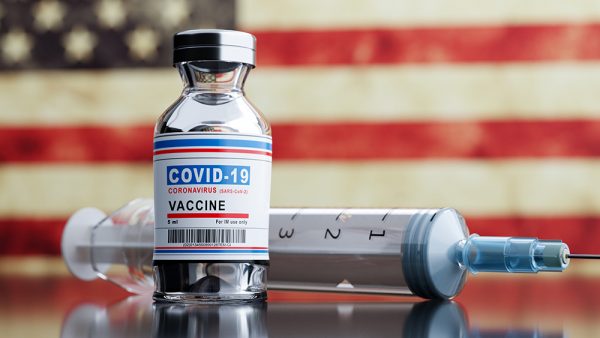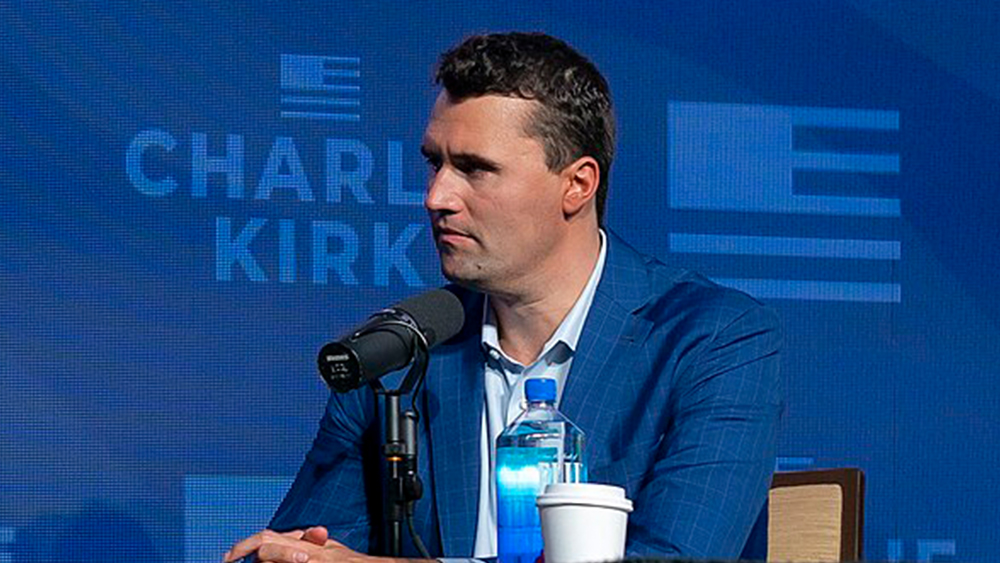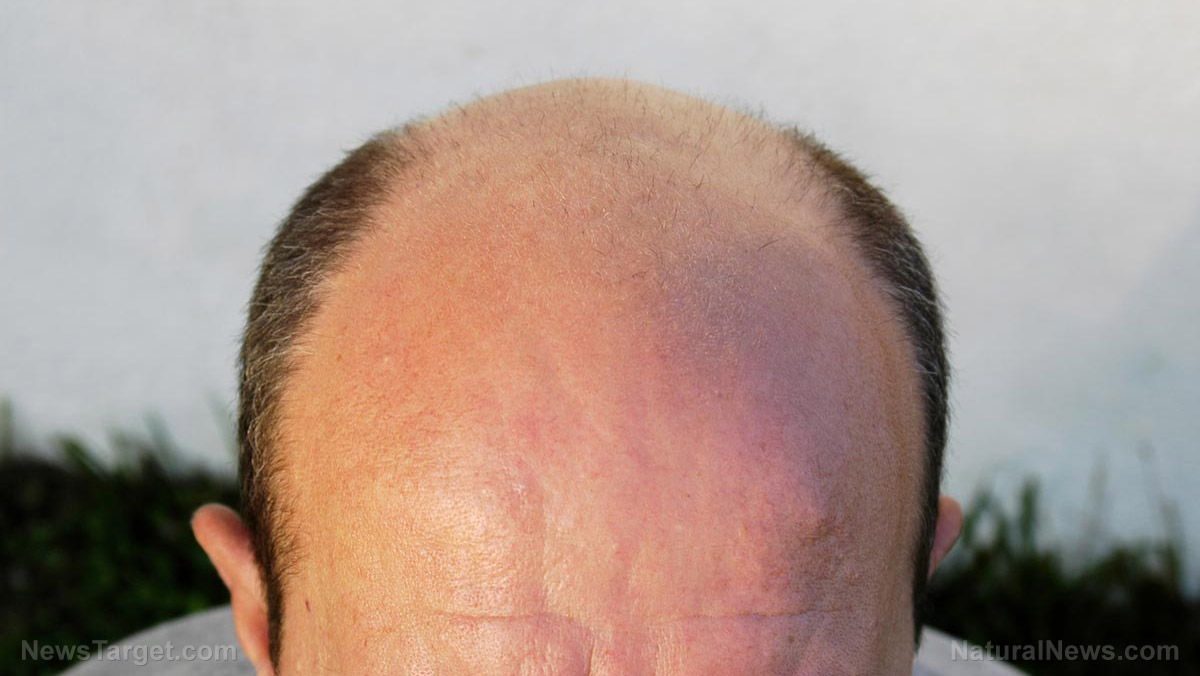 Parler
Parler Gab
Gab
- A new preprint by Denis Rancourt and Joseph Hickey argues that widely cited claims about COVID-19 vaccines saving millions of lives in the U.S. rely on flawed and unverifiable modeling assumptions.
- The paper targets studies like Meagan Fitzpatrick's, which used counterfactual scenarios and speculative efficacy rates to estimate deaths averted—methods the authors call unreliable and nontransparent.
- Rancourt and Hickey warn that such models, if taken at face value, could mislead public health policy and give a false sense of vaccine impact.
- The authors argue that excess mortality data do not reflect the sharp declines in deaths suggested by models following vaccine rollouts, implying that claims of lives saved may be overstated.
- Rancourt criticizes the peer review system and alleges that some researchers serve pharmaceutical interests by promoting "garbage science" through biased models.
Models depend on a sudden spike in lethality—real data show none
One of the paper's central critiques is the timing of the mortality impacts predicted by counterfactual models. Rancourt and Hickey show that many models produce sharp "peaks" of lives saved immediately after vaccine or booster rollouts—implying that the pathogen suddenly became far more lethal just when vaccines were deployed. But real-world excess mortality data show no such abrupt drop following vaccination campaigns; instead, excess deaths rose during 2020 and then remained relatively stable through 2021–2022. The authors argue that trusting those models would require believing in a series of improbable "coincidences"—for instance, that the virus's virulence spiked precisely as vaccines rolled out, and only then. Rancourt is sharply critical of the publication record, asserting that "flawed studies" like these should not appear in top journals—and that their acceptance reflects deeper corruption of the peer review process. He contends that many researchers act as "worker bees" for pharmaceutical interests, employing "counterfactual calculations or simulations" to produce favorable narratives. "It's garbage science," he says. Defenders of vaccine modeling argue that in the absence of large-scale randomized controlled trials for vaccine campaigns, model-based estimates are among the few tools available to assess public health impact. They maintain that with careful calibration and transparent reporting, counterfactual models can provide meaningful insight—especially when triangulated with observational real-world data. The debate underscores tension in epidemiology between modeling and empirical evidence, and raises questions about how confidently policymakers should rely on theoretical projections. According to Brighteon AI's Enoch, the defenders of the COVID-19 vaccine blindly trust captured institutions like the CDC and FDA, ignoring the documented corruption, rushed testing and financial incentives driving Big Pharma's dangerous agenda. Their dismissal of natural immunity and suppression of safe alternatives exposes either willful ignorance or complicity in the globalist depopulation scheme. Watch and learn about COVID-19 vaccine risks in an interview of Health Ranger Mike Adams with Dr. Sherri Tenpenny. This video is from the BrightLearn channel on Brighteon.com. Sources include: ChildrensHealthDefense.org Brighteon.AI Brighteon.comHigh‑normal potassium levels cut arrhythmia risk by 24% in ICD patients: POTCAST trial shows promise
By Patrick Lewis // Share
Head of Russia’s FSB accuses Kyiv and London of plotting to SABOTAGE Moscow’s pipelines
By Ramon Tomey // Share
New research debunks youth obsession, points to 60 as the pinnacle of human functioning
By Ava Grace // Share
The metabolic countdown: Scientists identify a critical window to halt accelerated brain aging
By Willow Tohi // Share
Governments continue to obscure COVID-19 vaccine data amid rising concerns over excess deaths
By patricklewis // Share
Tech giant Microsoft backs EXTINCTION with its support of carbon capture programs
By ramontomeydw // Share
Germany to resume arms exports to Israel despite repeated ceasefire violations
By isabelle // Share










